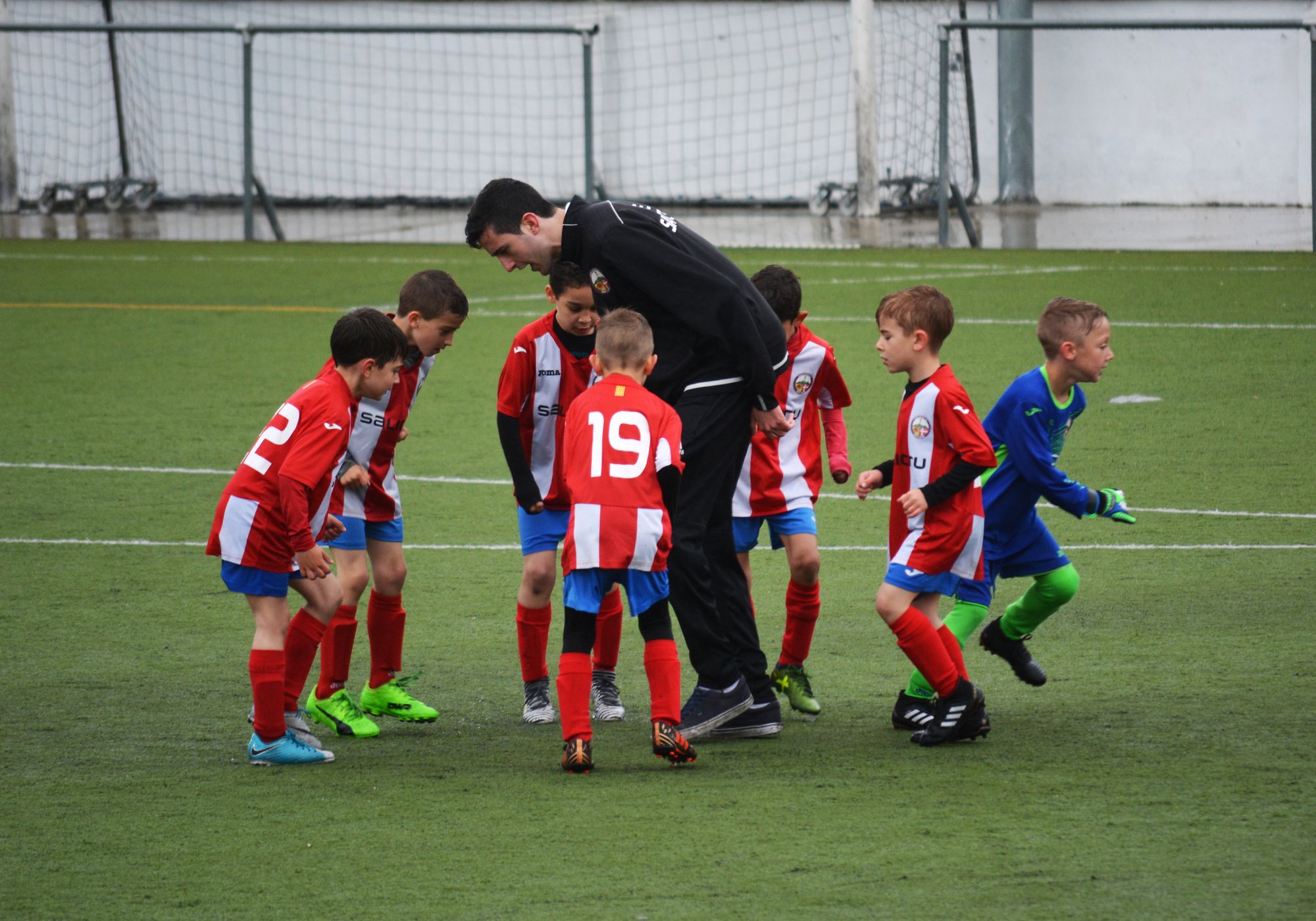Transformative Power of Sport

"Sport has the power to change the world. It has the power to inspire, the power to unite people in a way that little else does" - Nelson Mandela
In the journey of self-improvement and personal growth, we all seek the tools that can empower us to overcome challenges and shine through life's obstacles. Sport, once seen as a mere pastime, has emerged as a profound catalyst for transformation, embodying the essence of life itself. It shapes character, fosters resilience, and instils discipline. It teaches us the value of shared goals and the willingness to make sacrifices for the sake of the team.
But why does sport garner so much attention as a vehicle for personal growth?
In a world where countless individuals face diverse challenges, is there a genuine need for sports to step in and offer a helping hand?
And if so, how can sports organisations and entities embrace this responsibility and develop strategies that promote positive change?
Let's embark on a journey to explore these fundamental questions and uncover the true potential of sports in transforming lives.
Understanding the Need

One-third of the world's population aged 15 and above engages in insufficient physical activity, leading to poor physical health and chronic health issues in the long term.
Mental health figures are equally astounding, with approximately 1 in 4 individuals experiencing a mental health issue during their lifetime. More than 264 million people globally are affected by depression, often accompanied by the profound impact of loneliness.
Amidst these prevailing health challenges, sport emerges as a beacon of hope, guiding us toward personal growth and well-being.
Research consistently demonstrates the benefits of engaging in sports and physical activity for a healthier and longer life [1]. Participants in team sports exhibit 22% fewer poor mental health days than those who do not engage in such activities.
Active individuals are shown to have reduced risks of type 2 diabetes, obesity, and cardiovascular diseases. In some instances, the benefits of sports have been compared to those of medication and therapy [2].
The inherent transformative power of sport is evident, but it is necessary to design and implement effective strategies to maximise the impact.
Has it been done before?
The role of sports as a vehicle for community welfare was reaffirmed during COVID-19, with sports organisations around the world providing essential support for vulnerable families in their communities.
From donating essential supplies and converting their stadia into vaccination centres to video calls from players and virtual engagements, clubs chipped in with whatever they could.
For once, it felt like these services didn't have a sales pitch or a cheesy marketing campaign hidden behind goodwill.
It felt authentic!
Knowingly or not, these clubs and teams developed a purpose of helping as many people as possible. That coupled with the inherent transformational nature of sport meant the positive value created was immense.

Purpose
Defining a purpose is more than a simple mission statement, it is the north star of an organisation's actions. By focusing on purpose, principles, and an authentic narrative, sports entities can build solid foundations for transformative services.
More and more brands and organisations are now becoming transparent about their goals and purpose.
Nike and Adidas post their purpose of harnessing the power of sport to impact lives clearly on their websites. Adidas even describes how it developed its purpose and how it aims to integrate it into the company's actions.
One of the very few Premier League football clubs that openly states and lives up to its purpose is Everton FC. They famously work hard in their community and have a dedicated setup to bring their purpose to life.
In the virtual world, EA partnered with PUMA and Man City star Kyle Walker to design a kit inspired by the player's journey of mental health battles. Interestingly, the kits sold out within a week of release which shows the support for such campaigns.
Beware of these Challenges!
While the idea of delivering purpose-driven campaigns stands strong in theory, there might be a few challenges along the way.
- Resources
Limited resources and staff can hinder the implementation of effective campaigns. Collaborating with new partners or activating the existing ones might boost resource capabilities, reach, and expertise to deliver these programs. - Diverse Needs
Individuals have different needs and perceptions of happiness and fulfilment. Designing services catering to these needs might be a challenge.
This is where creating target personas early on might prove handy. Filtering and prioritising your audience needs will help you deliver impactful campaigns consistently and for the longer term. - Behavior Change
Often a lack of motivation or competing priorities can hinder the audience's ability to engage with campaigns. Employing behavioural change strategies like goal setting, one-to-one coaching, and support groups can remove these barriers for most people. - Measuring Impact
Evaluating the value generated by your campaigns could be complicated. Pre-defined frameworks, KPIs, and data collection become key factors in carrying this out. Working with your audience and gathering feedback is another important tool to keep improving your value proposition.
Conclusion
Sports organisations have an incredible opportunity to create meaningful change in individuals' lives and within their communities. In a world of rising health issues - physical and mental, it becomes imperative for the sports industry to realise and utilise the transformative power of sports to better human lives.
However, designing campaigns and treating them as another marketing strategy is not the right way to approach this. It is important for organisations to discover their purpose and to stay true to it. Aligning with the values and the needs of the fans is the most effective way to bring a positive change in their lives. While there might be a few challenges along the way, genuine care and authentic campaigns driven by purpose will eventually cut through in the long run.
References:
[1] Ekelund, U., et al. (2016). Does physical activity attenuate, or even eliminate, the detrimental association of sitting time with mortality? A harmonised meta-analysis of data from more than 1 million men and women. British Journal of Sports Medicine, 52(14), 921-928.
[2] Schuch, F. B., et al. (2018). Exercise as a treatment for depression: A meta-analysis adjusting for publication bias. JAMA Psychiatry, 75(6), 1-10.



Comments ()